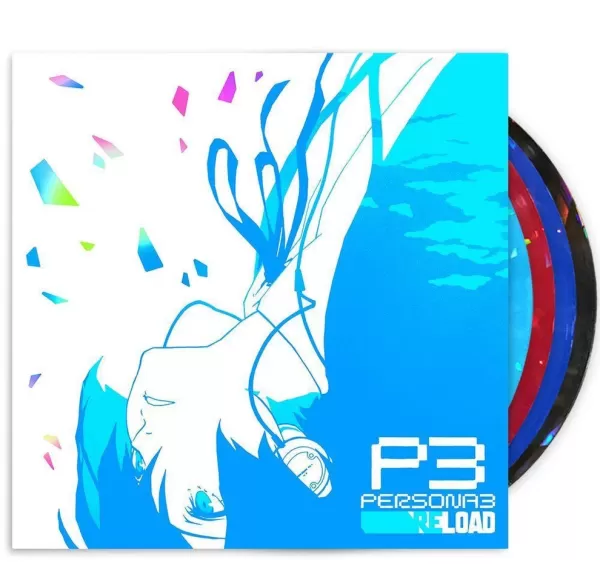This guide explores the diverse uses of Minecraft's botanical wonders, from dye creation to landscaping and rare species collection. Discover the unique properties and optimal applications of various flowers in your Minecraft adventures.
Table of Contents
- Poppy
- Dandelion
- Allium
- Rose Bush
- Wither Rose
- Peony Bush
- Lily of the Valley
- Tulip
- Azure Bluet
- Blue Orchid
- Cornflower
- Torchflower
- Lilac
- Oxeye Daisy
- Sunflower
Poppy
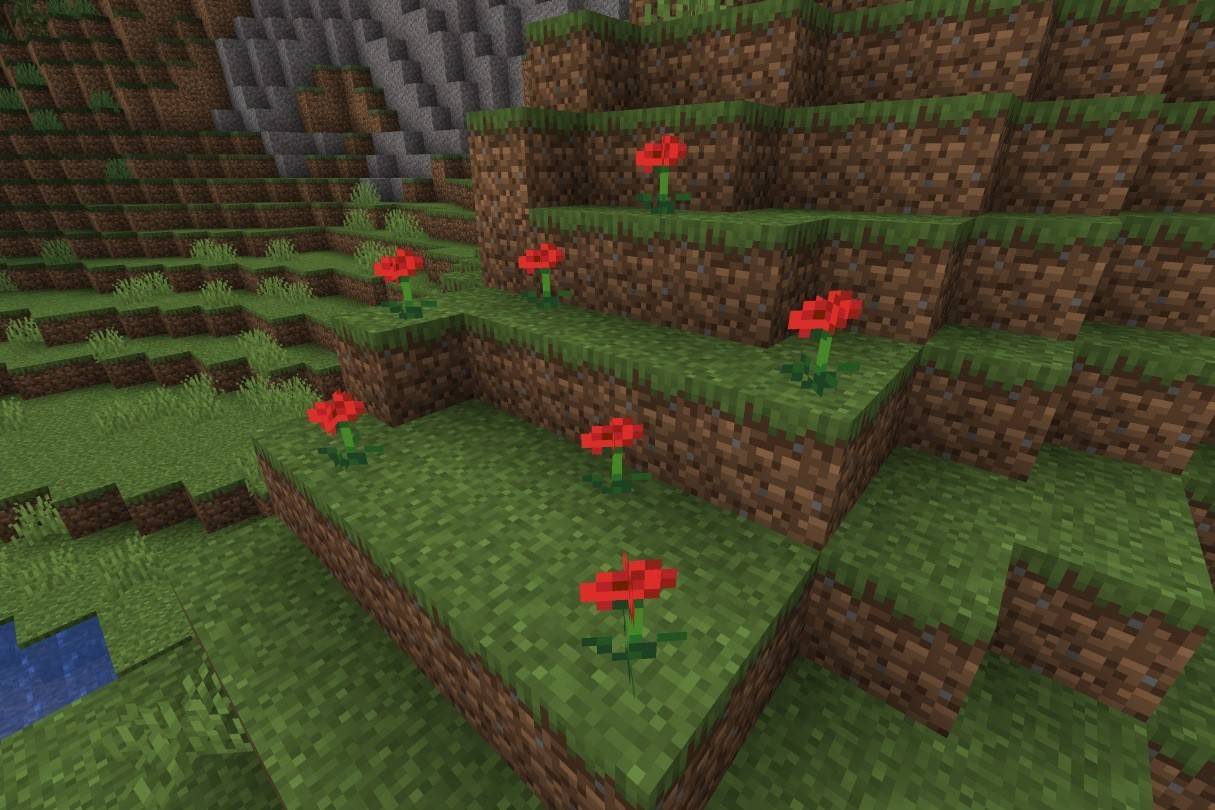 Image: ensigame.com
Image: ensigame.com
Replacing the original "rose" and cyan flowers, poppies are readily found across various biomes and even dropped by Iron Golems. Their primary function is crafting red dye, essential for coloring banners, beds, wool, sheep, and wolf collars.
Dandelion
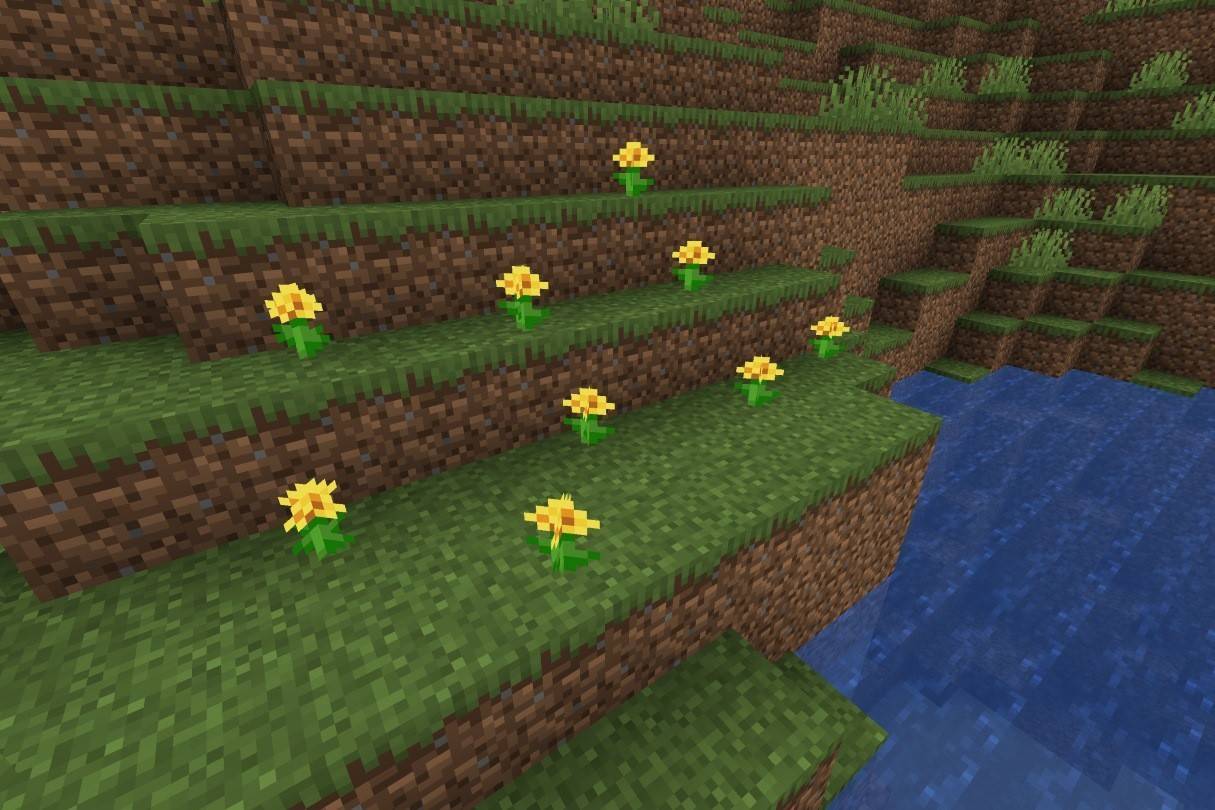 Image: ensigame.com
Image: ensigame.com
These vibrant yellow flowers, absent from marshes and ice plains, are a key source of yellow dye. While yielding a single dye unit, sunflowers provide double the amount. Perfect for brightening banners and wool.
Allium
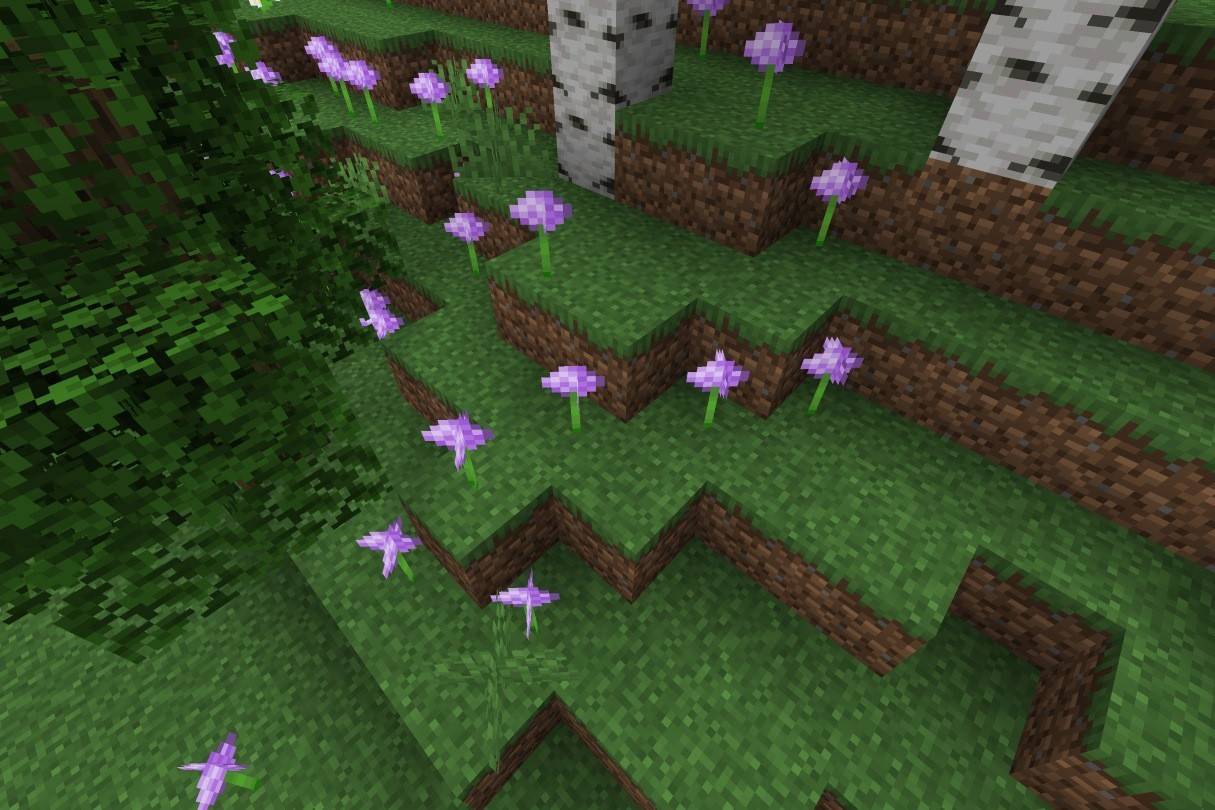 Image: ensigame.com
Image: ensigame.com
Native to flower forests, alliums produce magenta dye, crucial for coloring mobs and crafting blocks like stained glass, terracotta, and wool. A stunning addition to any build.
Rose Bush
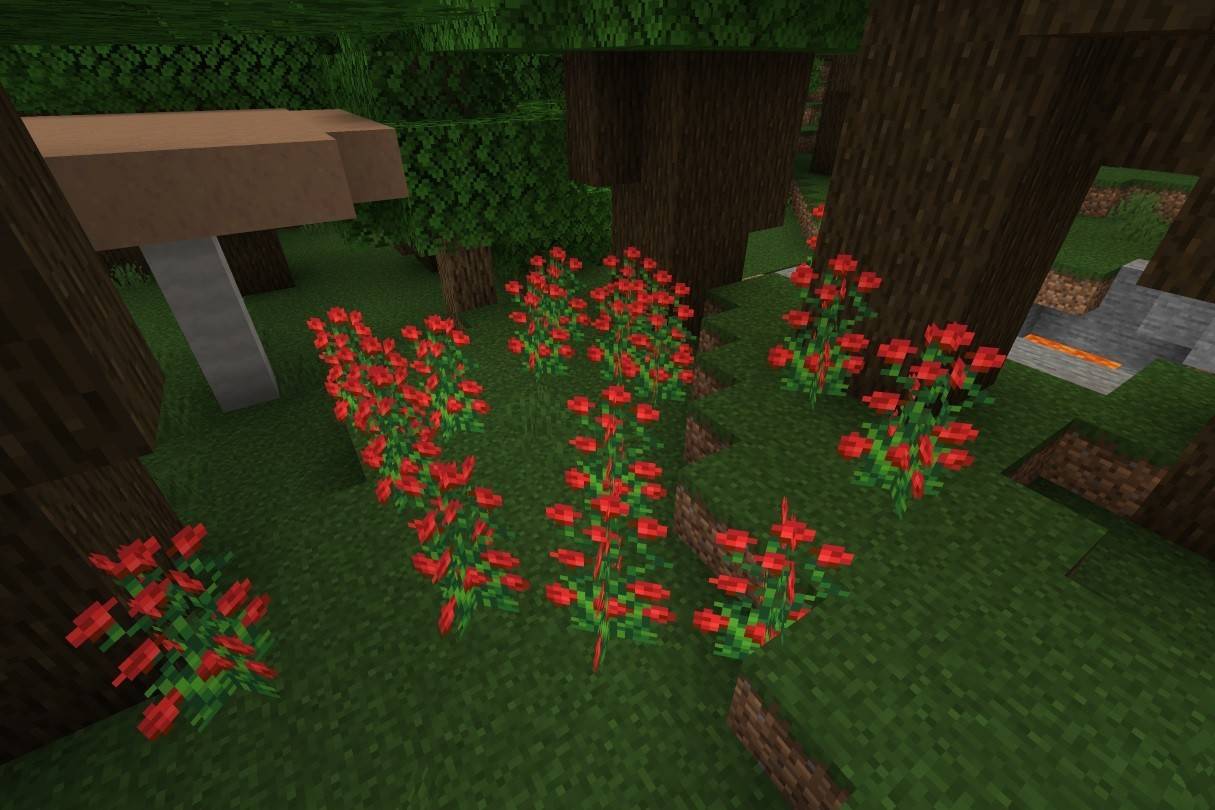 Image: ensigame.com
Image: ensigame.com
A tall, red-flowered plant found in wooded areas, the rose bush provides red dye for wool, banners, beds, and leather armor. Unlike the wither rose, it's a safe and visually appealing landscaping choice.
Wither Rose
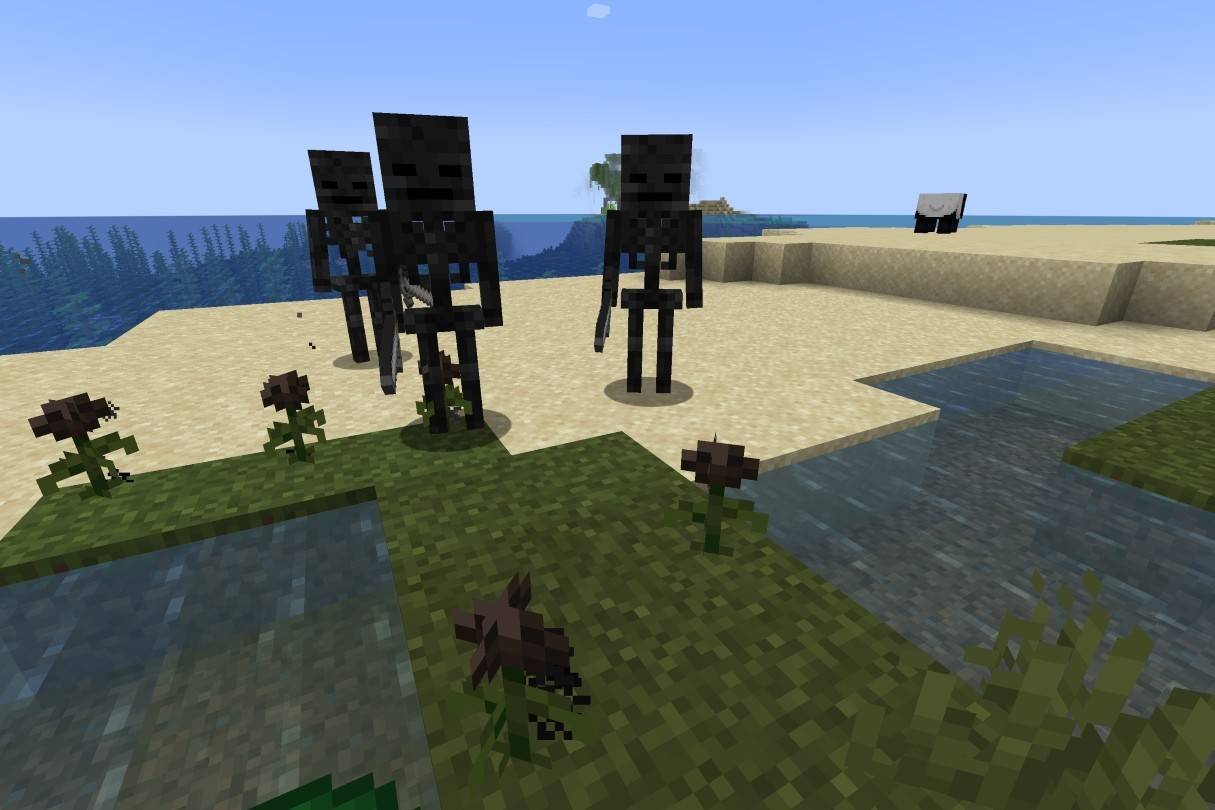 Image: ensigame.com
Image: ensigame.com
A rare and dangerous flower, the wither rose spawns from Wither kills or occasionally in the Nether. Contact inflicts the Wither effect, but milk offers a cure. It's used for black dye, firework stars, and black concrete powder.
Peony Bush
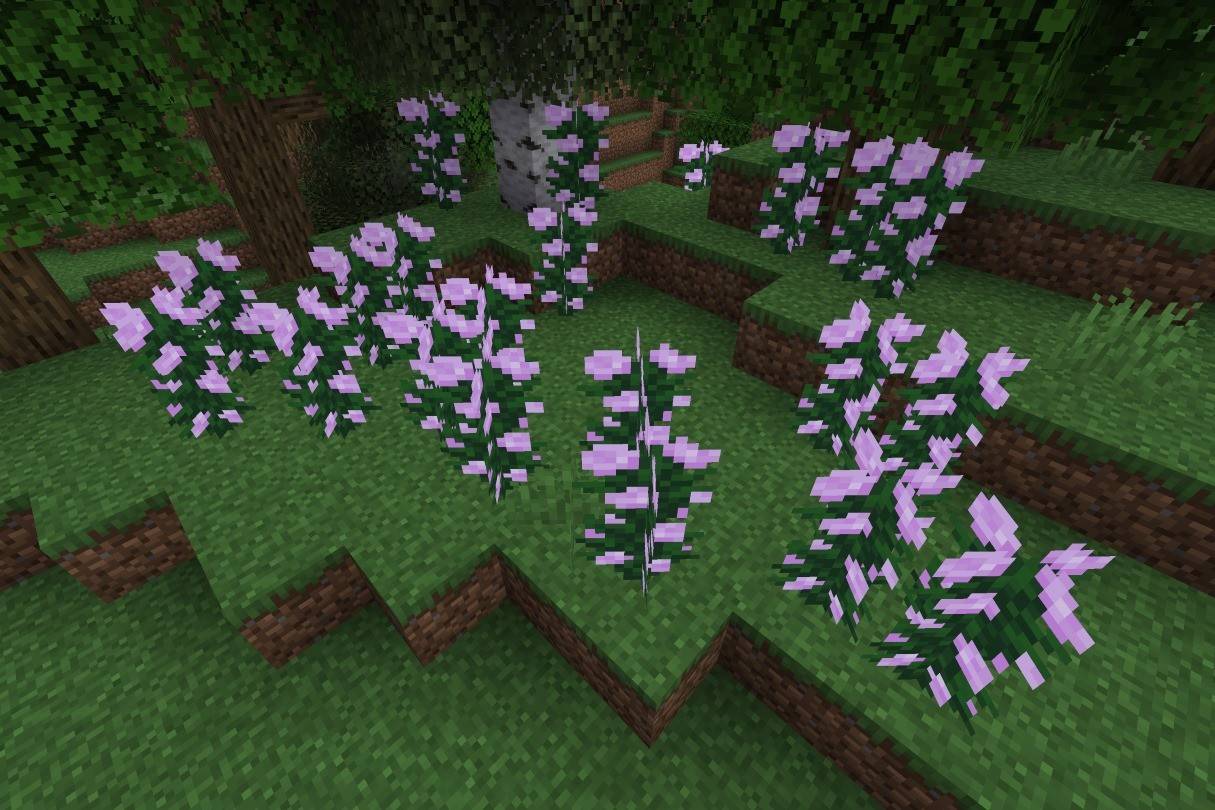 Image: ensigame.com
Image: ensigame.com
Found in woodland biomes, peony bushes yield pink dye (or can be crafted from red and white dye). Bone meal allows for easy propagation, creating endless pink blooms.
Lily of the Valley
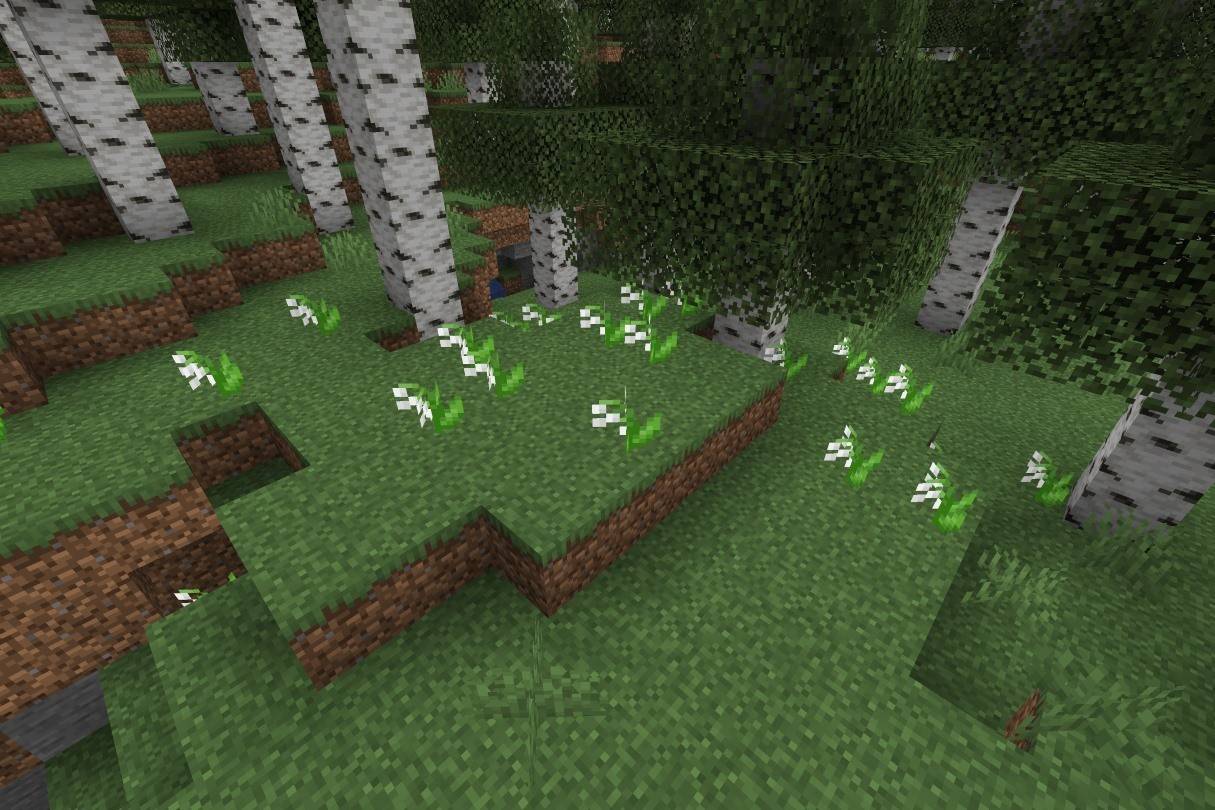 Image: ensigame.com
Image: ensigame.com
This delicate flower, found in forests, produces white dye, a base for creating other dyes like gray, light gray, light blue, lime, magenta, and pink.
Tulip
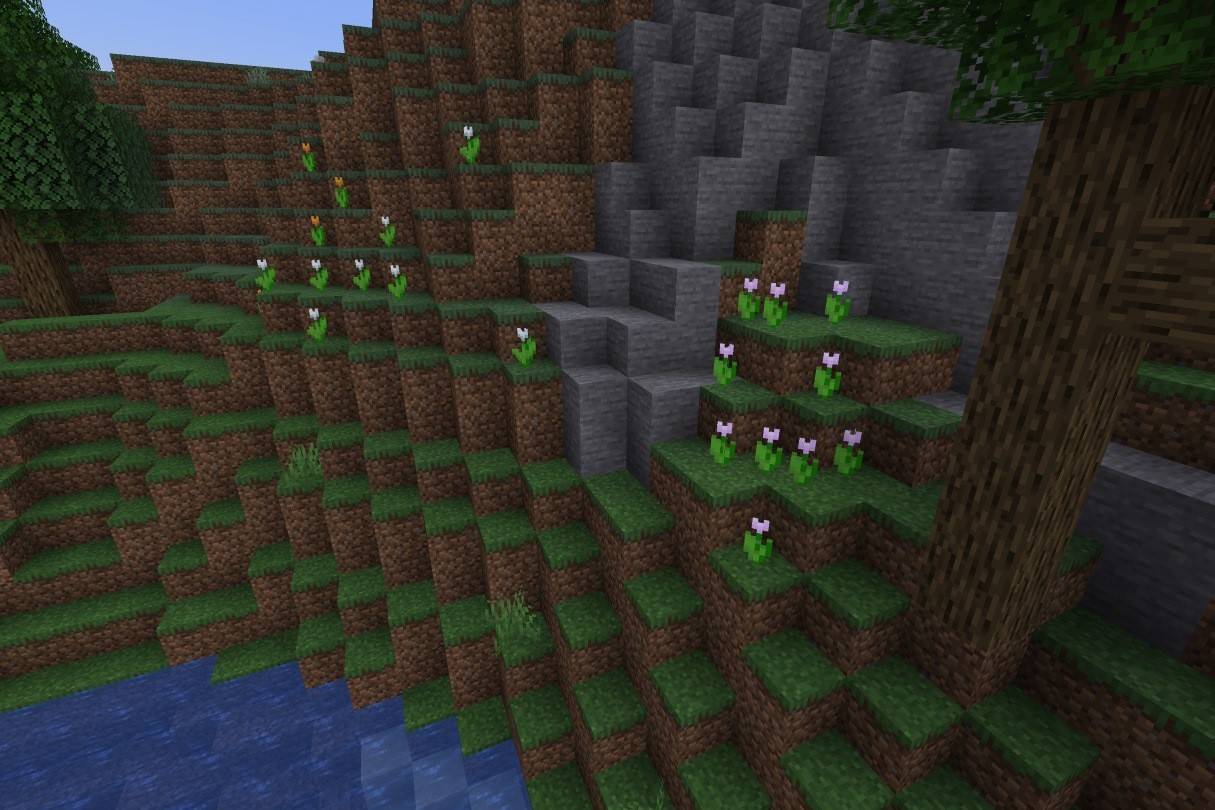 Image: ensigame.com
Image: ensigame.com
Available in red, orange, white, and pink, tulips offer diverse dyeing options, providing a wide range of color choices for your creations.
Azure Bluet
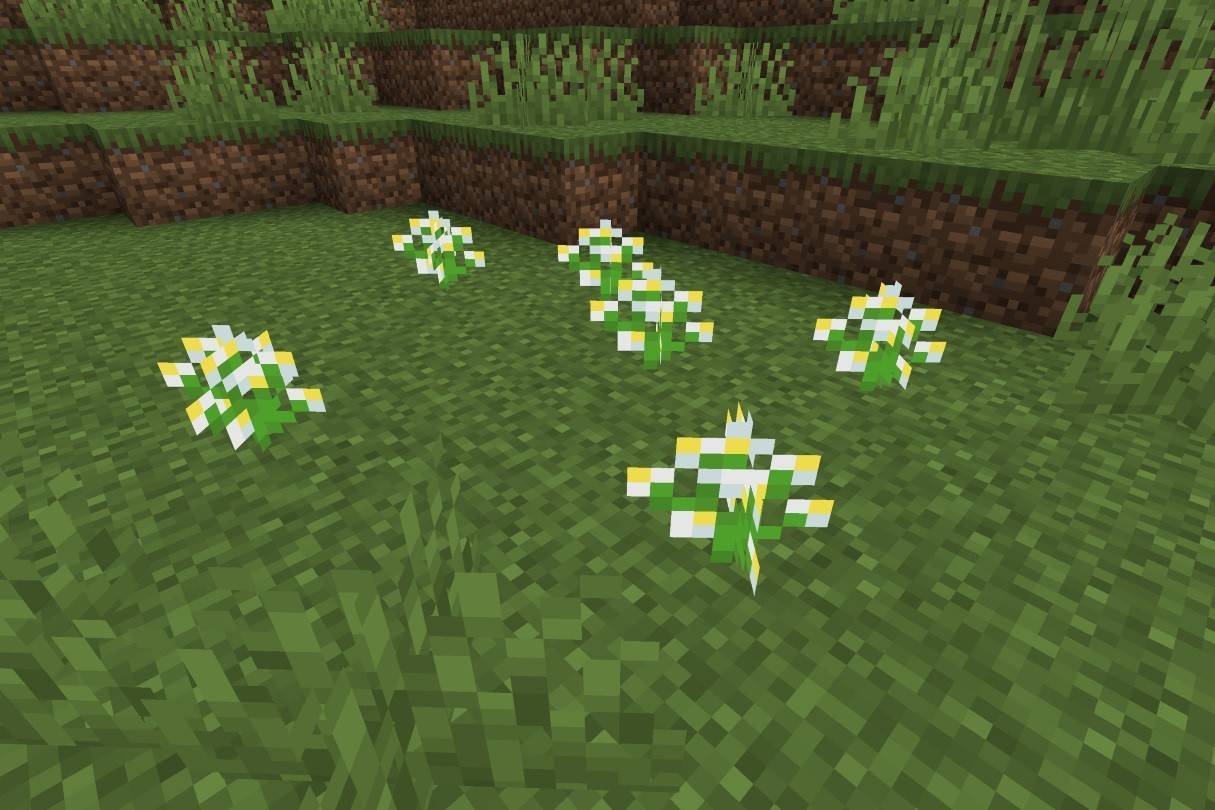 Image: ensigame.com
Image: ensigame.com
This small flower, found in grasslands and flower forests, yields light gray dye.
Blue Orchid
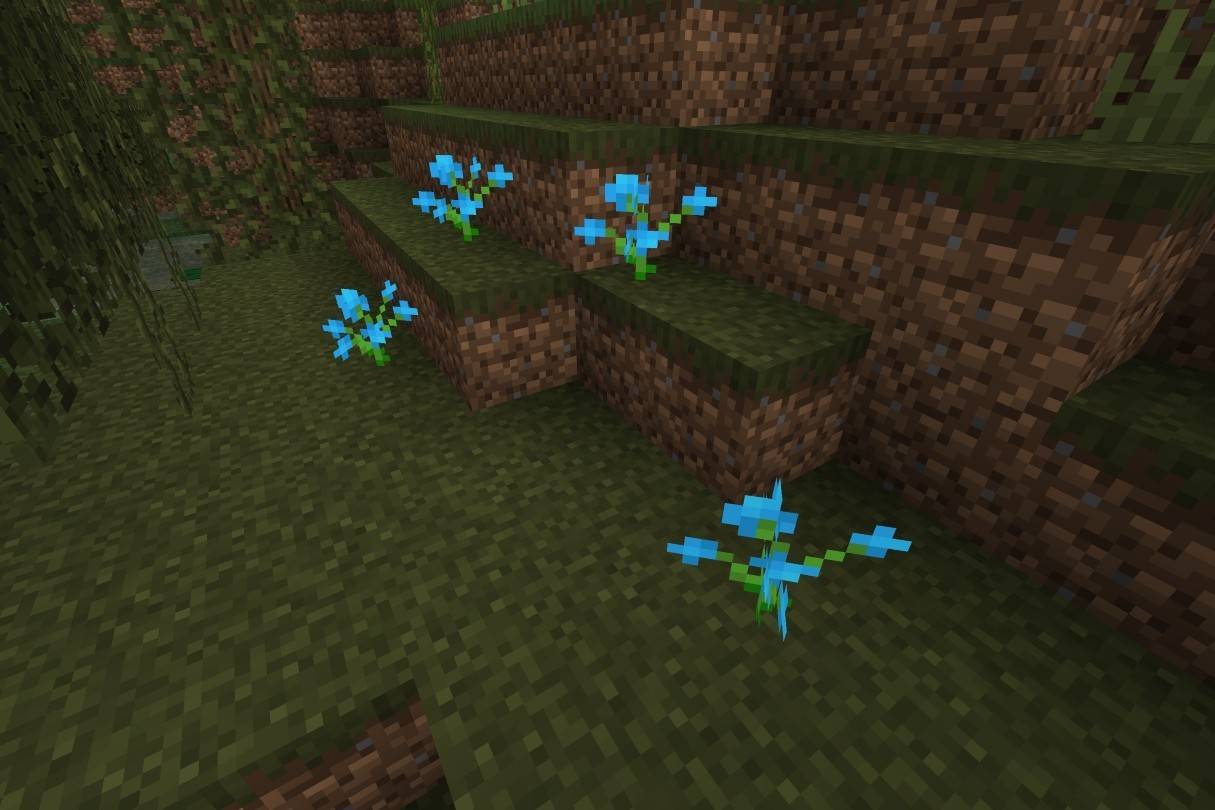 Image: ensigame.com
Image: ensigame.com
A rare flower found in swamps and taigas, the blue orchid is a source of light blue dye.
Cornflower
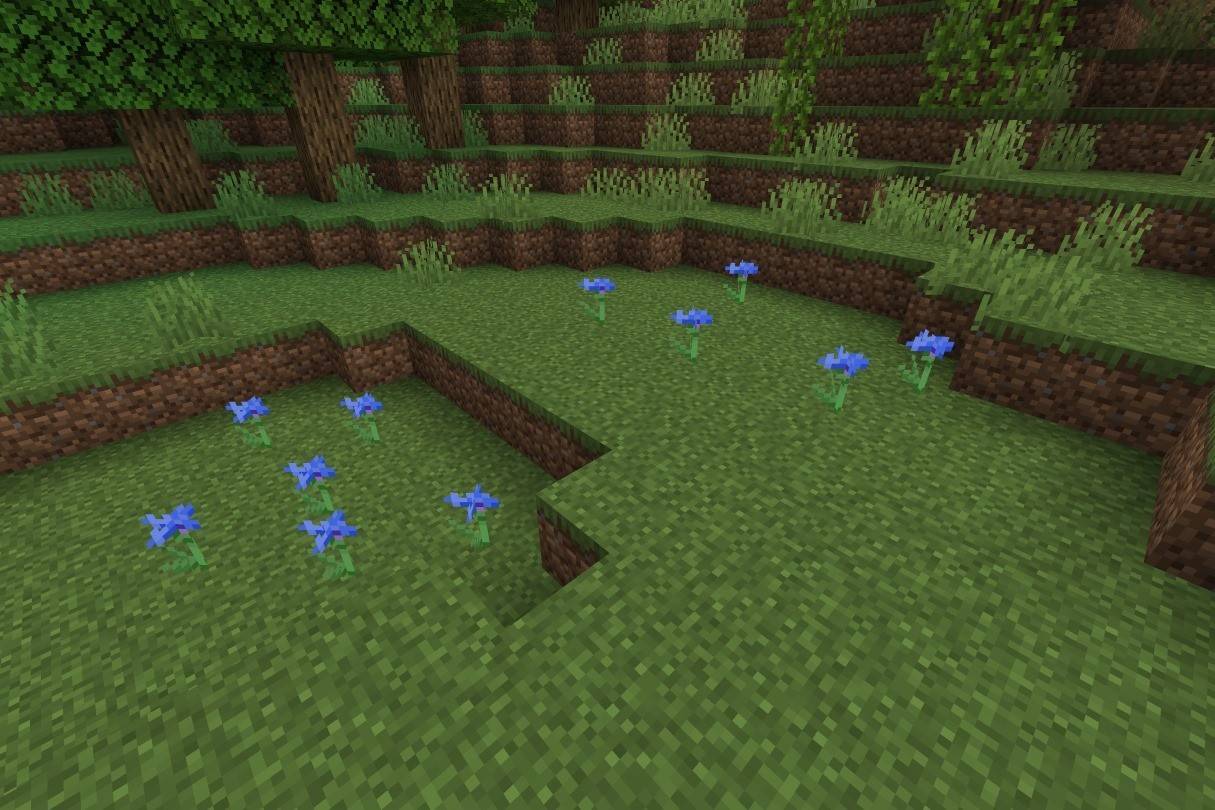 Image: ensigame.com
Image: ensigame.com
These blue flowers, found in plains and flower forests, are used to create blue dye.
Torchflower
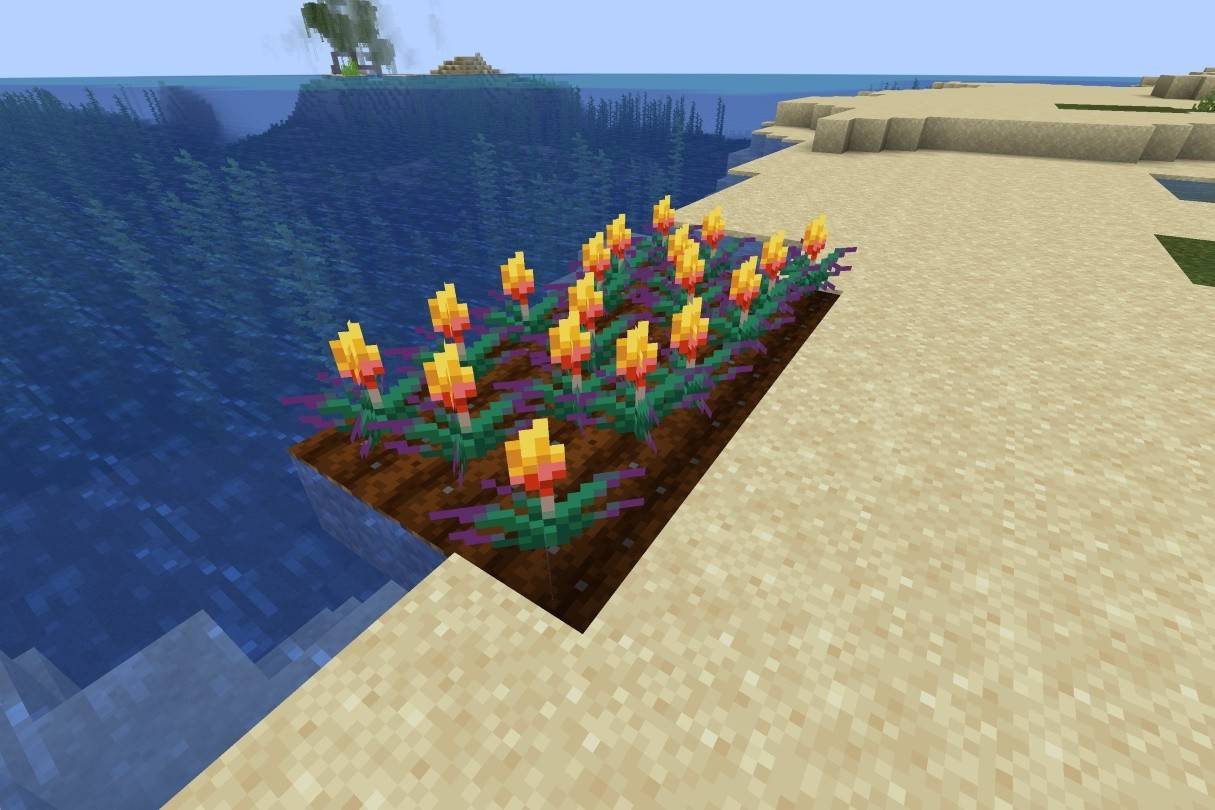 Image: ensigame.com
Image: ensigame.com
Grown from seeds, torchflowers produce orange dye. Their behavior varies slightly between Java and Bedrock Editions.
Lilac
 Image: ensigame.com
Image: ensigame.com
These tall, light-purple flowers are found in various forest biomes and produce magenta dye.
Oxeye Daisy
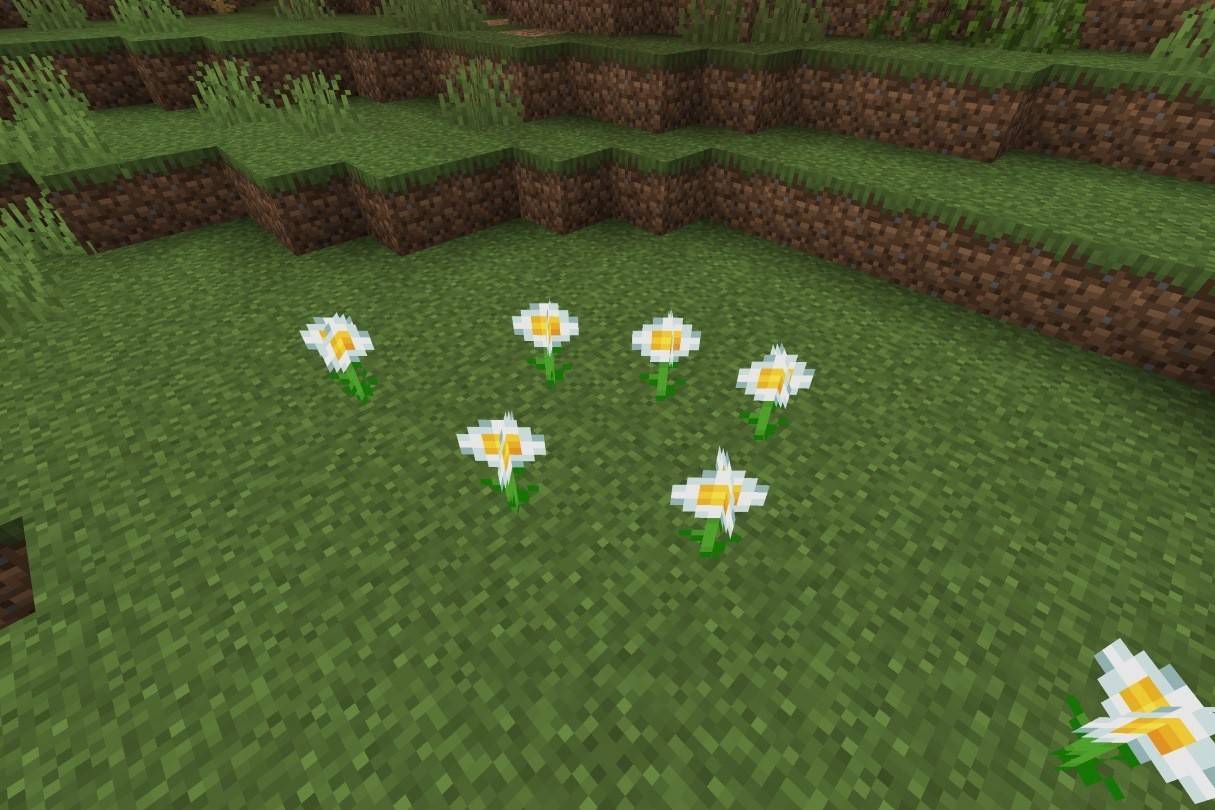 Image: ensigame.com
Image: ensigame.com
The oxeye daisy, found in plains biomes, creates light gray dye and can be used decoratively in banners.
Sunflower
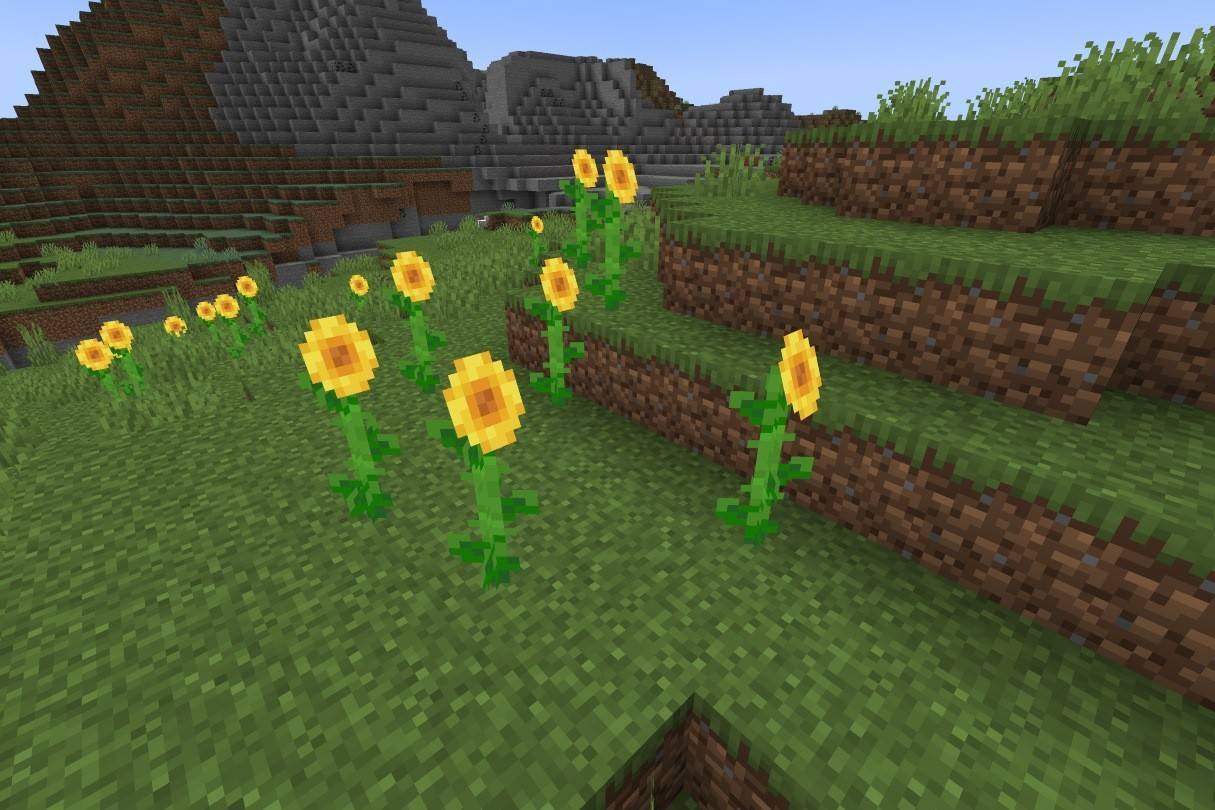 Image: ensigame.com
Image: ensigame.com
Found in sunflower plains, sunflowers produce yellow dye and are known for their east-facing orientation.
Unlock the potential of Minecraft's floral resources – explore, experiment, and enhance your gameplay!

 Image: ensigame.com
Image: ensigame.com Image: ensigame.com
Image: ensigame.com Image: ensigame.com
Image: ensigame.com Image: ensigame.com
Image: ensigame.com Image: ensigame.com
Image: ensigame.com Image: ensigame.com
Image: ensigame.com Image: ensigame.com
Image: ensigame.com Image: ensigame.com
Image: ensigame.com Image: ensigame.com
Image: ensigame.com Image: ensigame.com
Image: ensigame.com Image: ensigame.com
Image: ensigame.com Image: ensigame.com
Image: ensigame.com Image: ensigame.com
Image: ensigame.com Image: ensigame.com
Image: ensigame.com Image: ensigame.com
Image: ensigame.com LATEST ARTICLES
LATEST ARTICLES 

